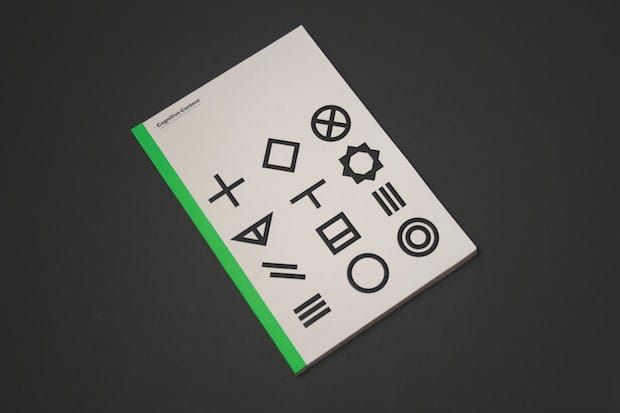With a portfolio of innovative and thought-provoking student projects and his first few commercial gigs under his belt, this emerging graphic designer and self-taught typographer is sure to go on to interesting pastures.
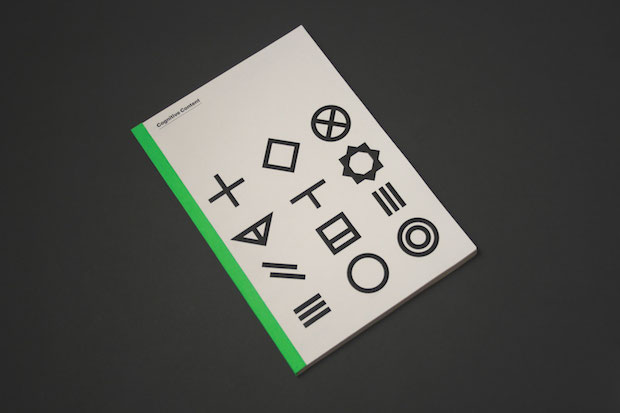
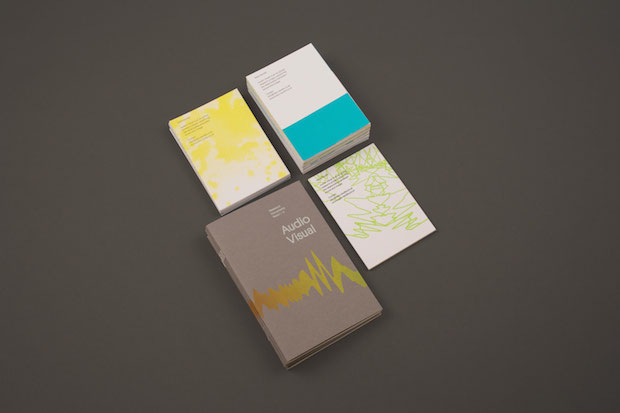
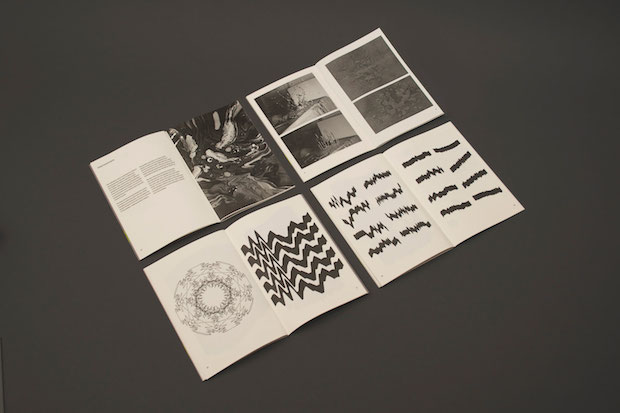
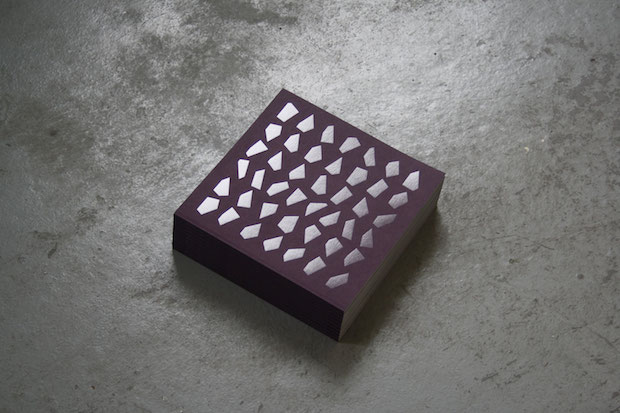
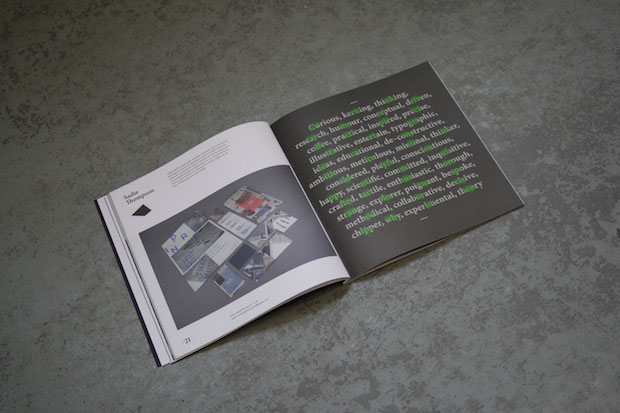
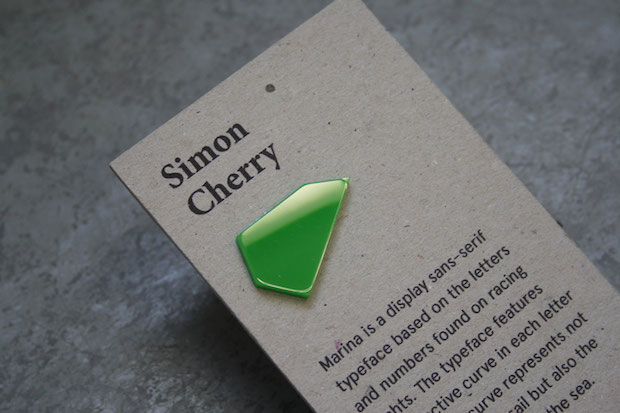
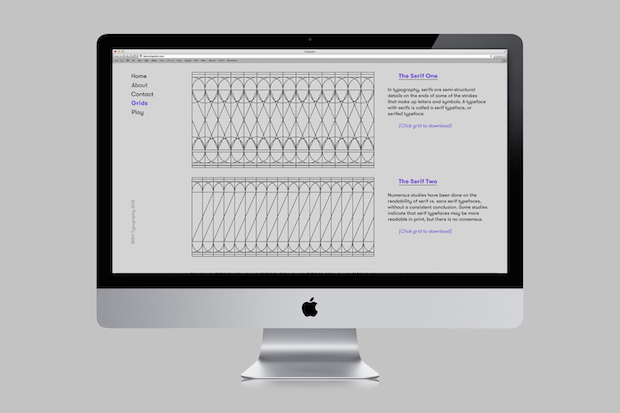
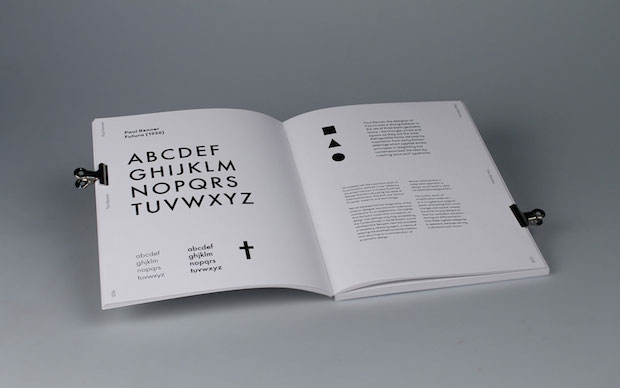
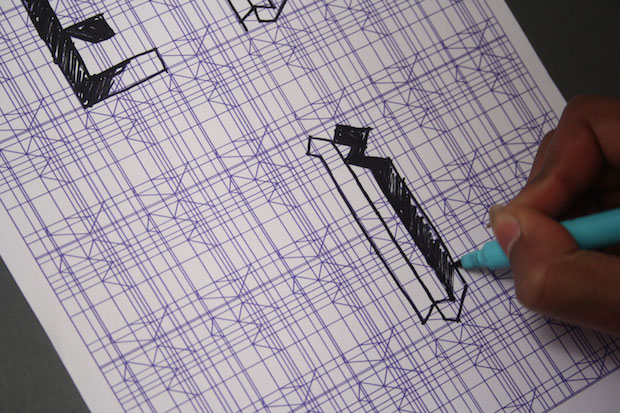
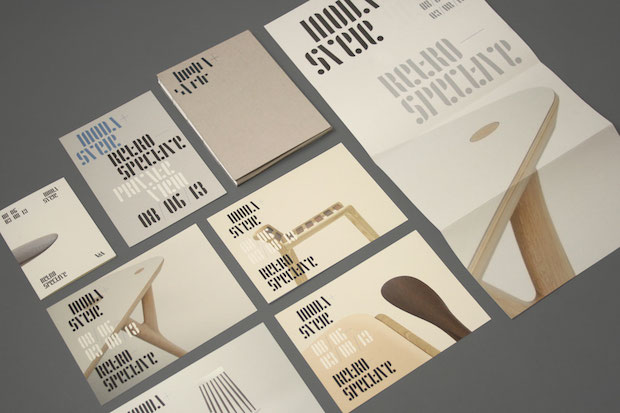
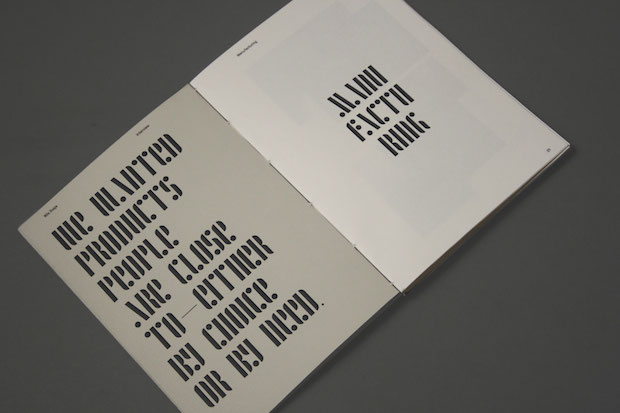
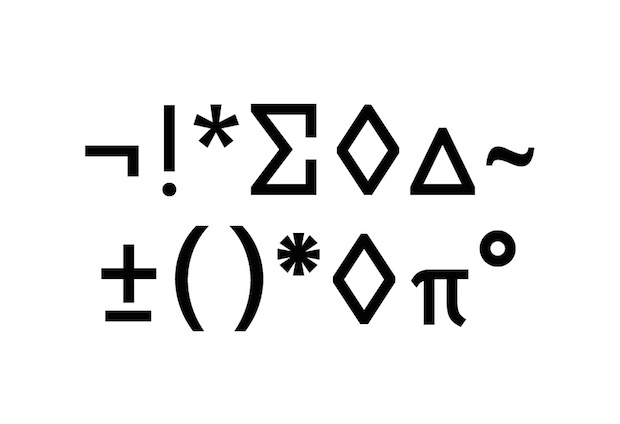
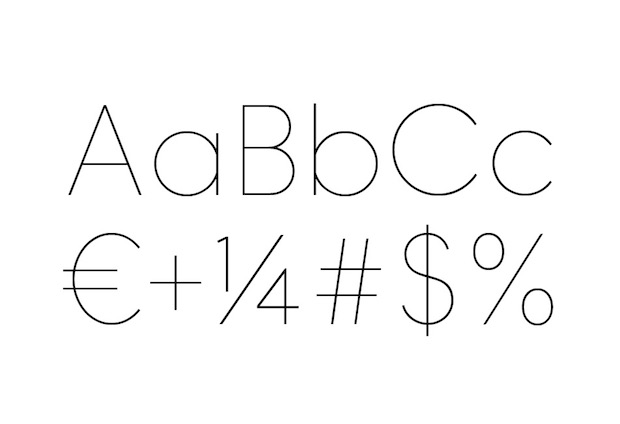
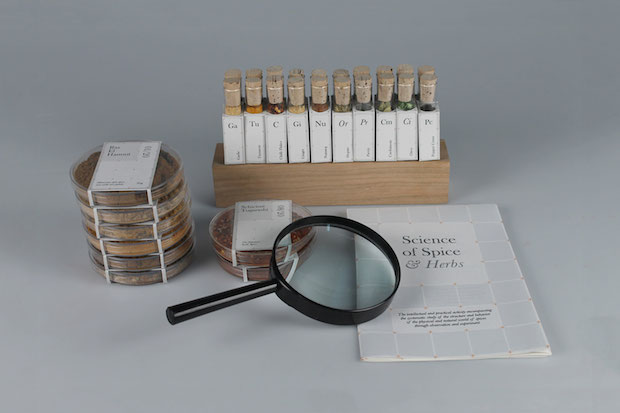
What are you working on at the moment?
I’m currently putting the finishing touches on a typeface I’ve created for a cycling brand and I'm in the process of working up a selection of branded products for them. The typeface plays homage to a selection of vintage bicycle emblems that the client and I found particularly interesting during the initial research and ideas stages. I've also been working at COLORS magazine in Italy where I'm staying for the next month or so to help finish the current issue.
Tell us about your DIY Typography project.
The DIY project was about democratising the process of drawing and learning about letterforms. Using a series of grids as a platform, the idea was to draw people away from the technical restraints of the subject and encourage a more expressive or conceptual approach. I also wanted the grids to provide a basis for kinetic learning through play and experimentation.
At university you re-branded furniture designers Inoda + Sveje. What inspired you about their work?
The initial source of inspiration was the tactile physical and qualities of their work, however, after speaking with them, the conceptual aspects in their work became a increasingly prominent source of inspiration. I also enjoy seeing how their Scandinavian and Japanese heritage defines many of the forms within their furniture. I feel you get a strong sense of their backgrounds and influences when looking at their work.
How did you reflect that in your own designs?
Constructing modules from the flags of each designer created a reference point for their heritage, and the subtly of the link was a homage to that explored in their work. I used the typeface as a device for the identity and applied it across all the deliverables. Another key point in my discussion with them was the importance of their individual roles within the early stages of the process. To reflect this, the publication starts from both sides and explores their processes as individuals, meeting in the middle for a retrospective look at their work.
You describe yourself as a self-taught type designer. How does it affect your process?
Being self-taught has made it difficult learning the software and the more technical aspects but I feel it has allowed me to define my own conceptual approach. Although there are many negatives to this, it does mean that I don’t slip into another studio or foundry’s process, which perhaps results in a new way of working. I could have a completely backwards process and I’m sure it will change as I work with different studios and as I learn about different technical aspects. But for the moment I’m enjoying learning as I respond to different briefs and clients.
matt-tucker.net

